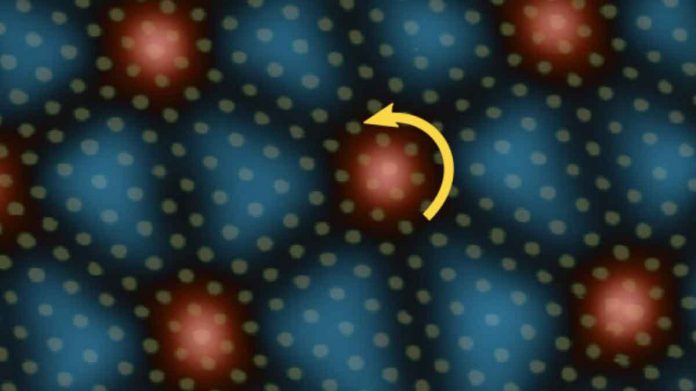In the quantum materials community, the discovery of superconductivity in two ever-so-slightly twisted layers of graphene made waves a few years ago. Scientists had discovered a simple device to study the resistance-free flow of electricity, with just two atom-thin sheets of carbon. The angle of twist between the two layers has to be just right for the phenomena to be observed. That’s because atoms in the layers want to resist the twist and ‘relax’ back to a zero angle. As magic angles vanish, so does superconductivity.
Scientists added a third layer of graphene to improve the odds of finding superconductivity. Scientists revealed new details about the physical structure of trilayer graphene. It will help in explaining why three layers are better than two for studying superconductivity.
Scientists used a microscope capable of imaging down to the level of individual atoms. They saw that groups of atoms in some areas were scrunching up into what scientists dubbed “twistons.” These twistons appeared in an orderly fashion which allowed the device as a whole to better maintain the magic angles necessary for superconductivity to occur.
Those properties overlap with a class of complex materials called the cuprates. This material superconduct at a relatively high temperature of -220 °F. A better understanding of the origins of superconductivity can help scientists to develop wires that won’t lose energy as they conduct electricity that won’t need to be kept at costly-to-maintain low temperatures.
Scientists hope to link what they see in their scans with measurements of quantum phenom in trilayer devices.

